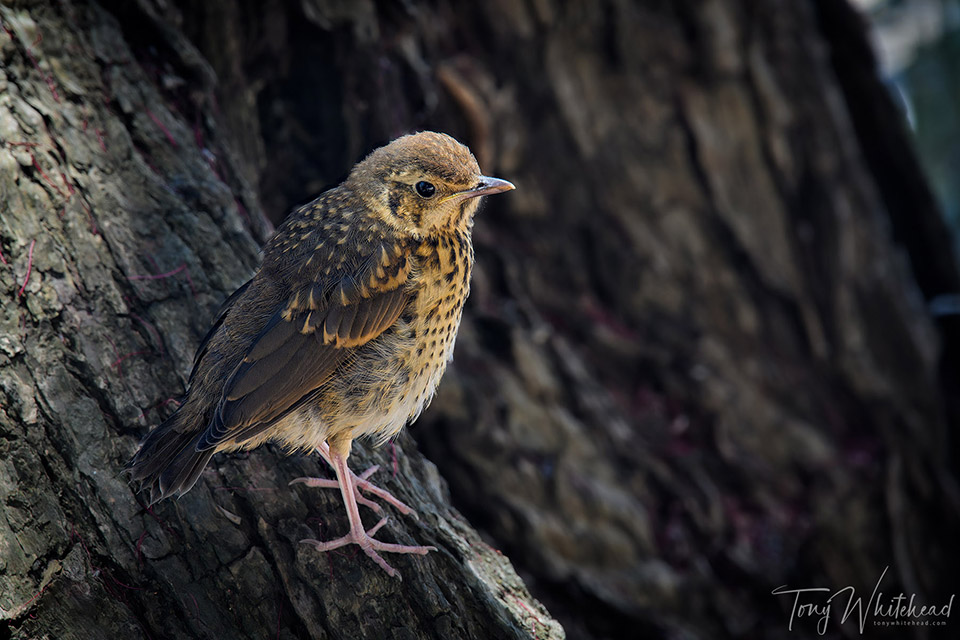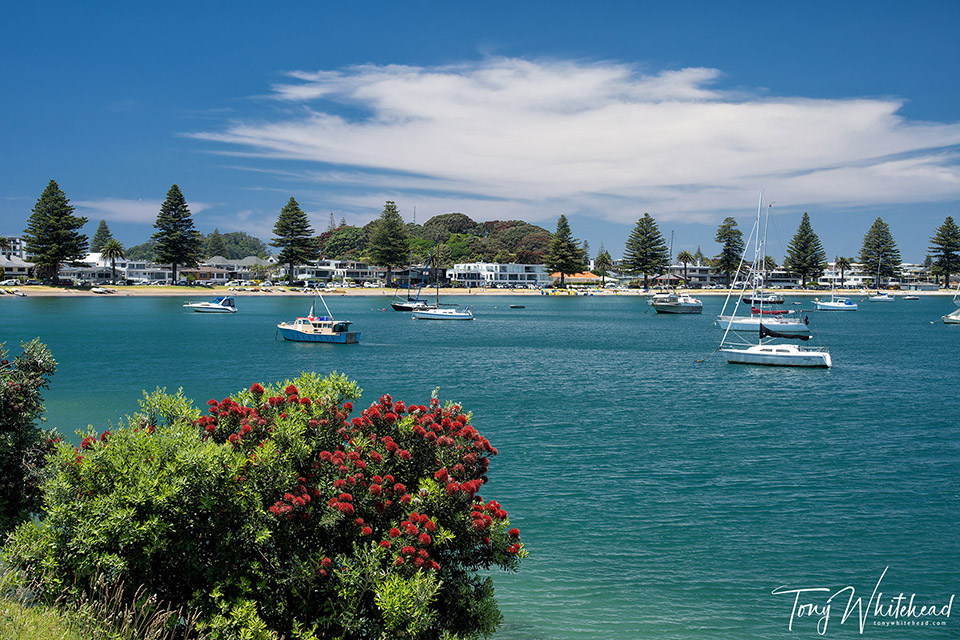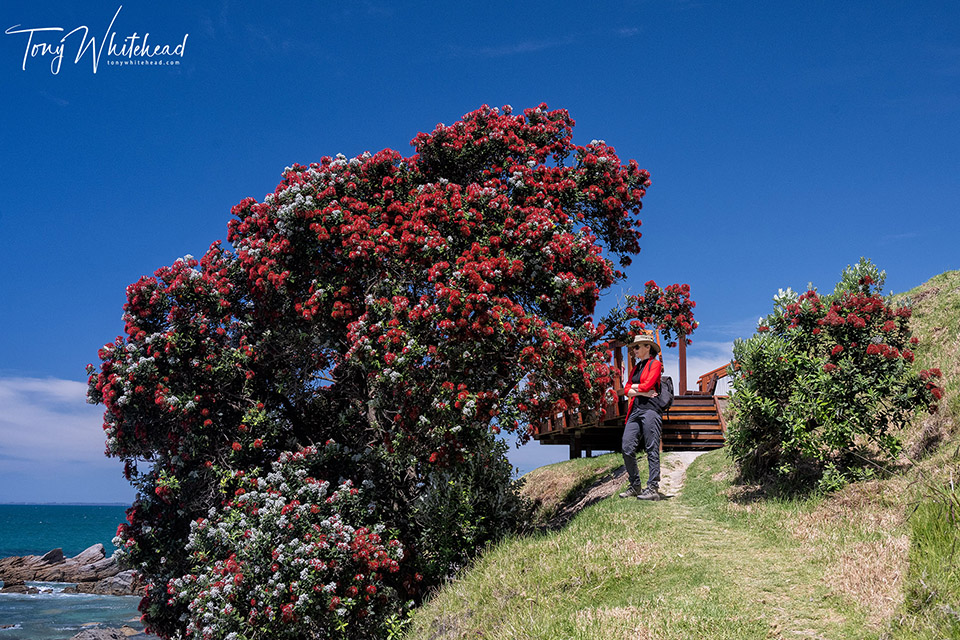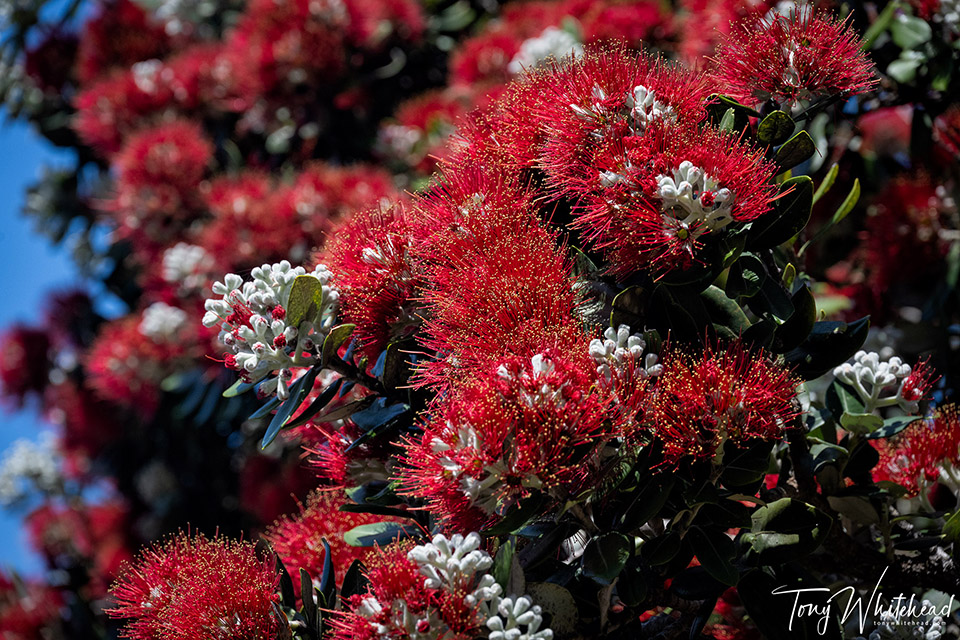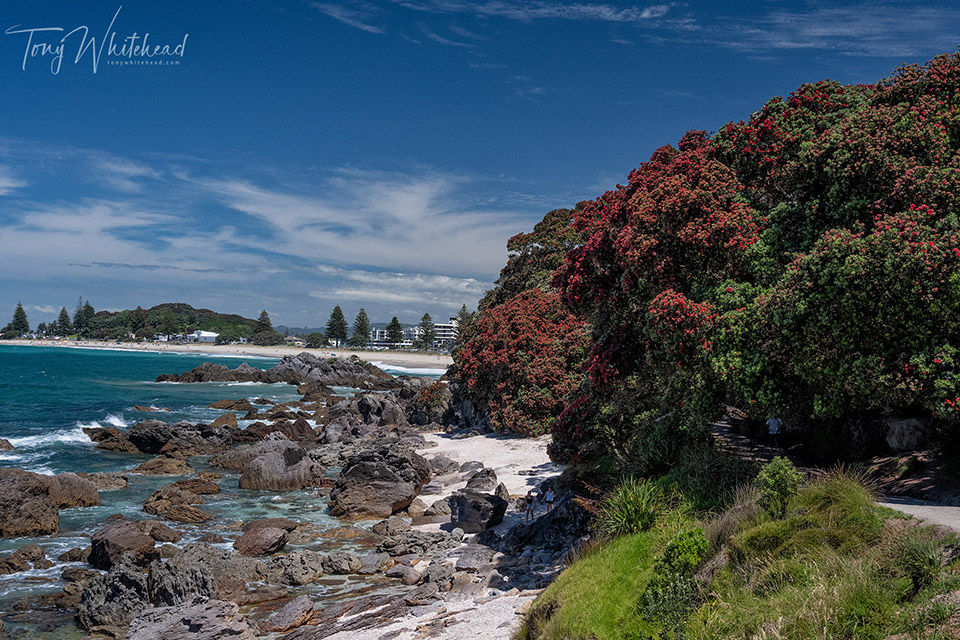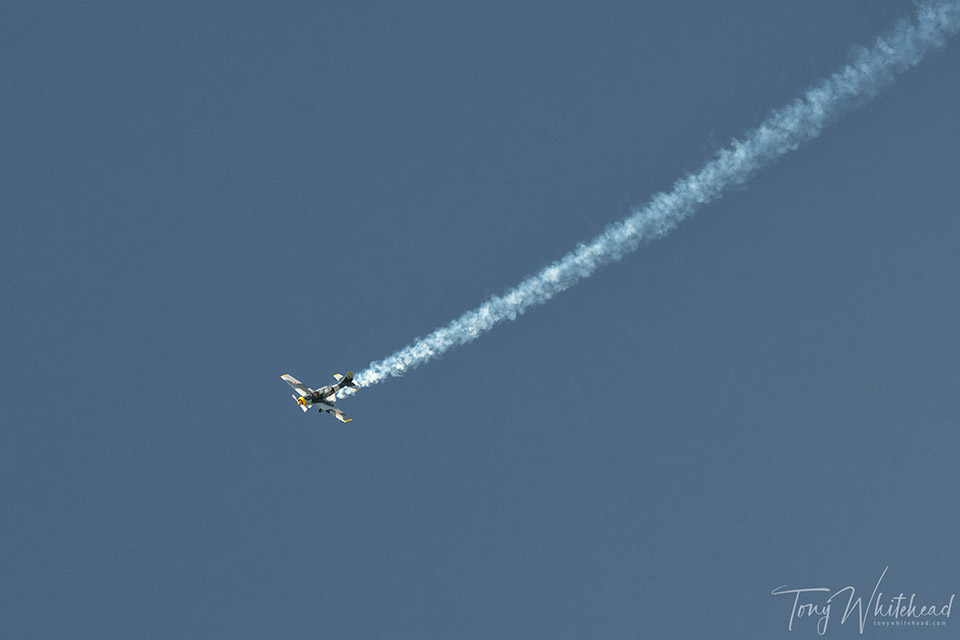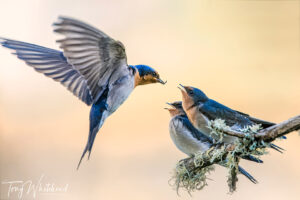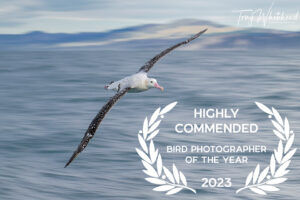Back when I was using Nikon DSLRs, my go to all rounder lens was the 24-120mm f4. When I started using the Z7 the Nikkor Z equivalent 24-120mm had not yet been released so I picked up the 24-200mm for what I planned as a stop gap lens to use while waiting for the 24-120.
To cut to the chase, I have found no reason to change lenses since the release of the 24-120mm. I have been spoilt by the extra reach and the ability to handhold at ridiculously low shutters speeds and don’t find the constant f4 an adequate reason to change over to the newer lens. I have always been really impressed by the sharpness of my copy of the 24-200mm so haven’t felt a reason to change related to image quality.
As a light, one lens walkabout solution for travel, documentary and street photography attached to a Z7 I find it hard to fault. With this combo the old adage of “f8 and be there” attributed to Weegee, rings true.
A recent trip up to Mount Maunganui for an appointment gave an opportunity to walk around the Mount and photograph the Pohutukawa in bloom. Our time window was in the middle of the day so I chose to bring the light Nikon Z7 and 24-200mm combo.
This worked perfectly for all the attached images as well a chance shot of a passing aeroplane and an opportunistic shot of a Song Thrush fledgling shown at the top of this post.
The following gallery of more images showing the versatility of this lens for travel.
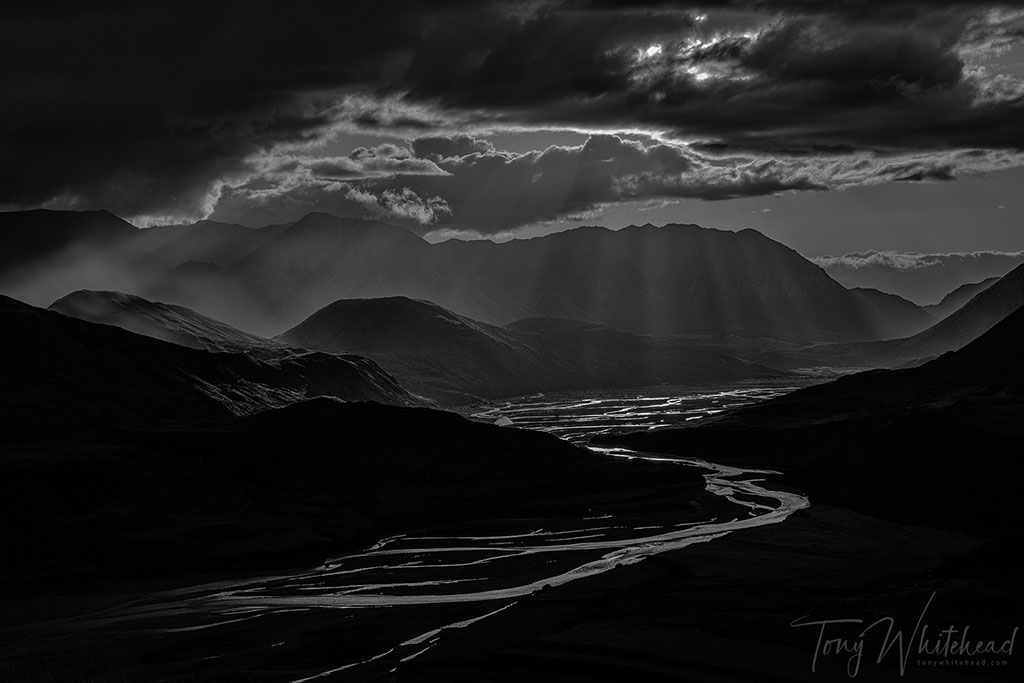
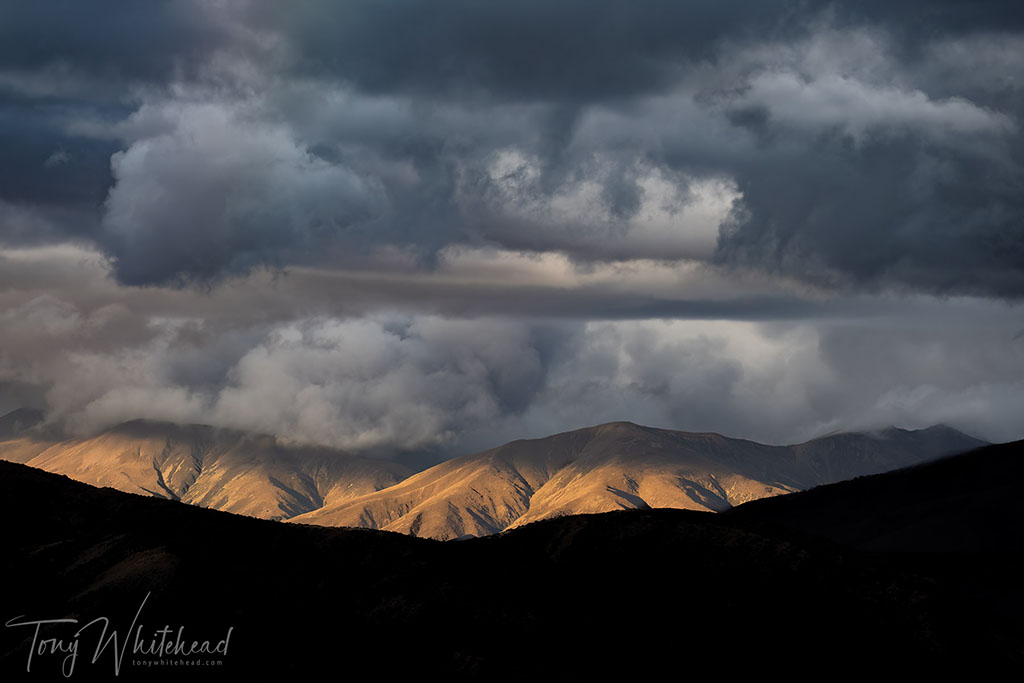
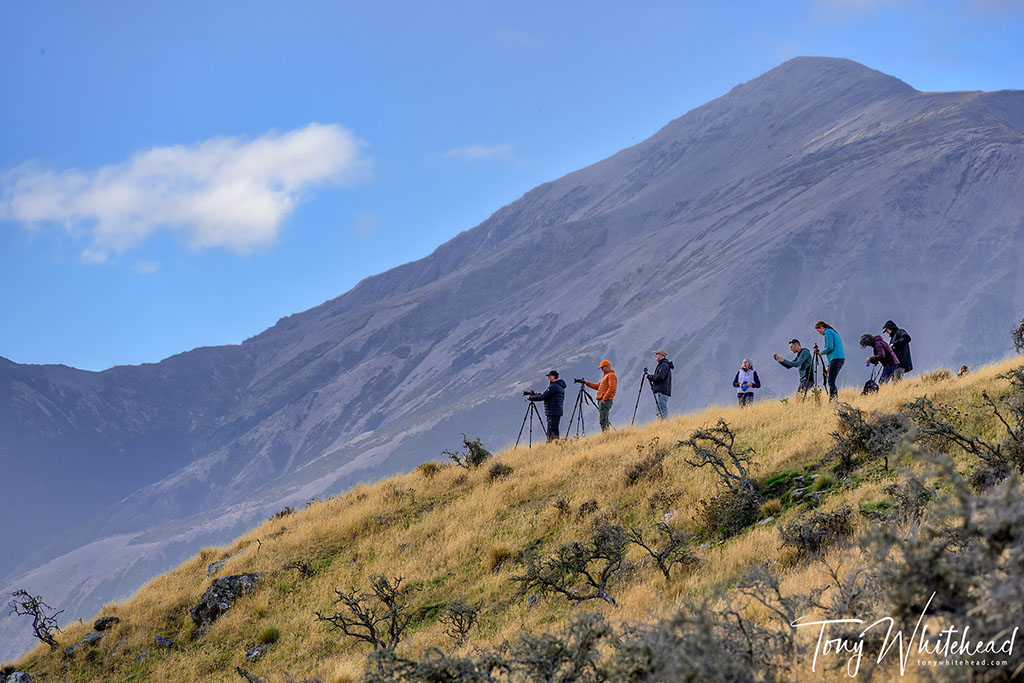
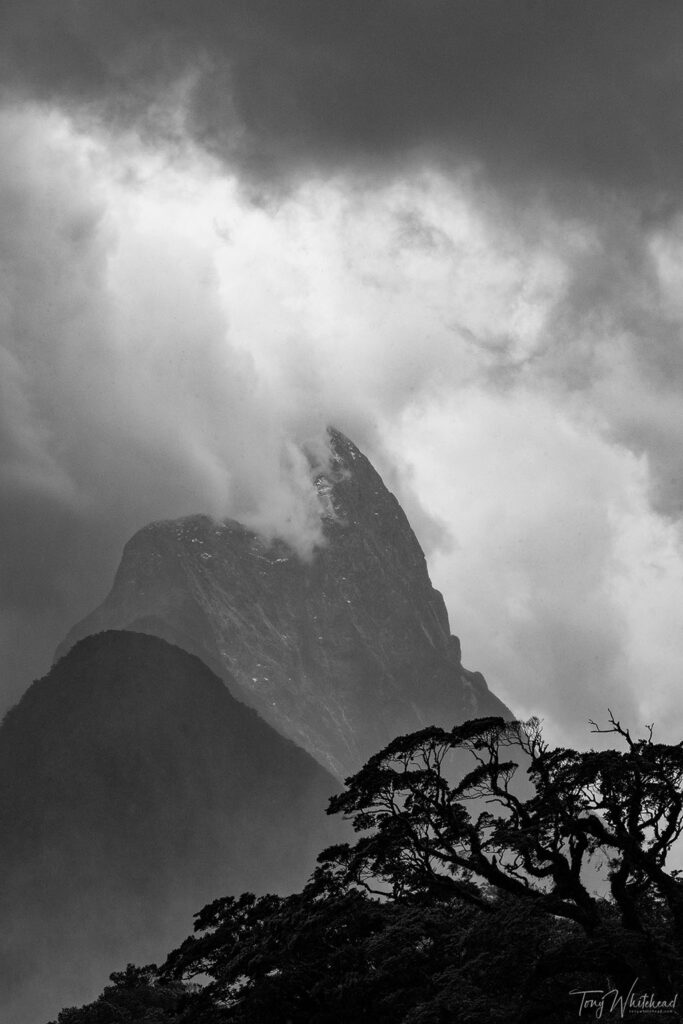
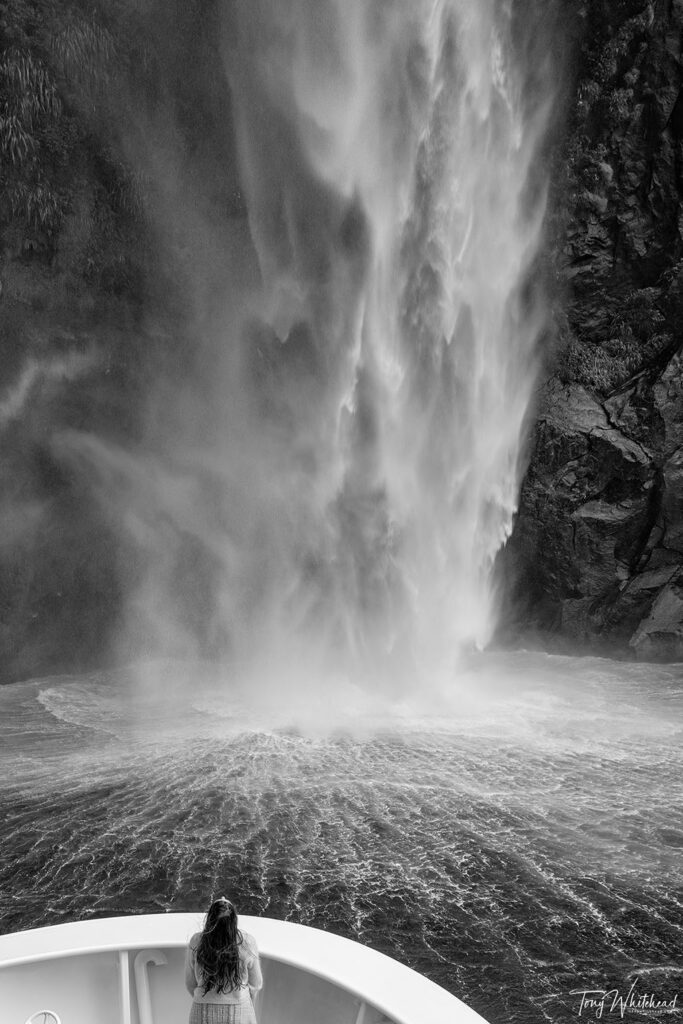
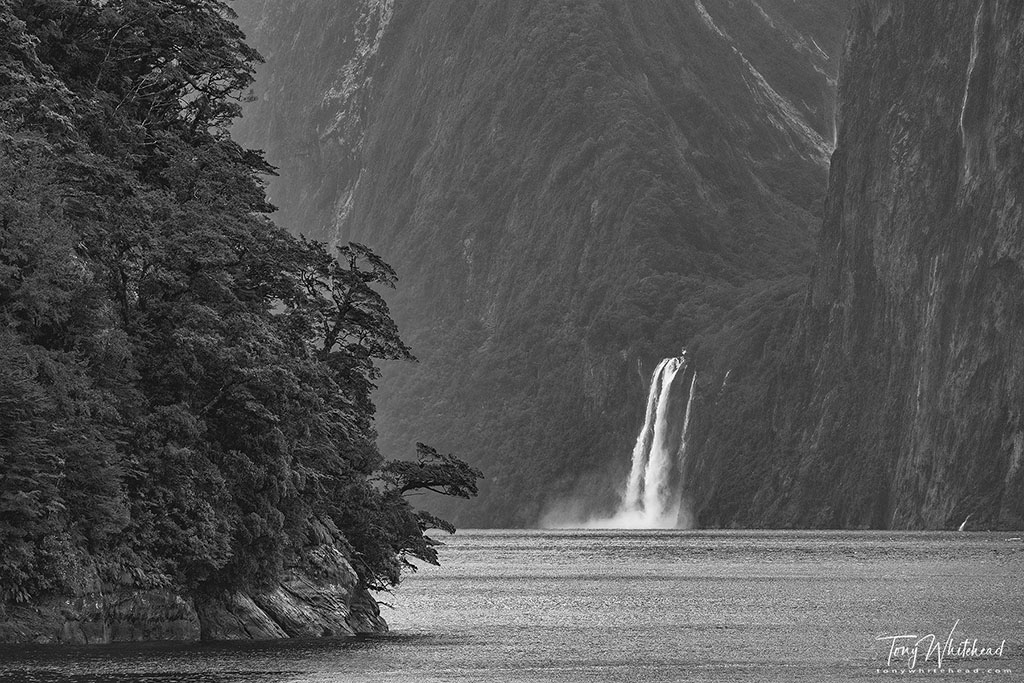
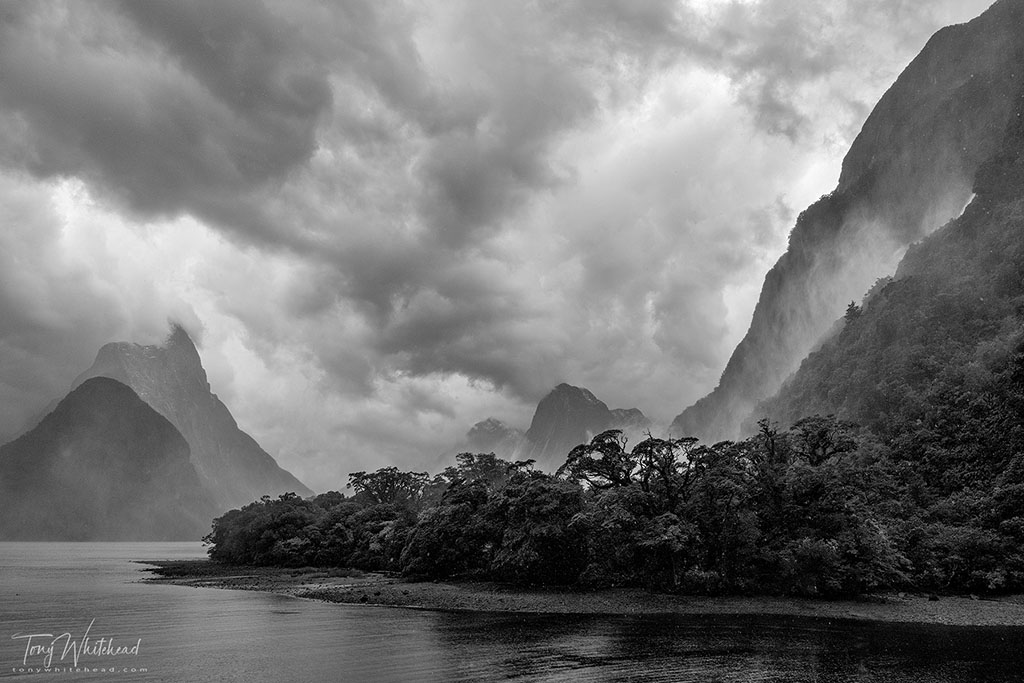
Adding the 14-30mm f4 and the 35mm f1.4 creates a very light and compact kit that covers extreme wide and shallow DOF environmental portraits if needed. Adding the Nikkor Z 100-400mmm f4.5-5.6 or the Nikkor Z 400mm f4.5 VR S with teleconverters or the Nikkor Z 180-600mm f5.6-6.3 would add serious wildlife capability.
